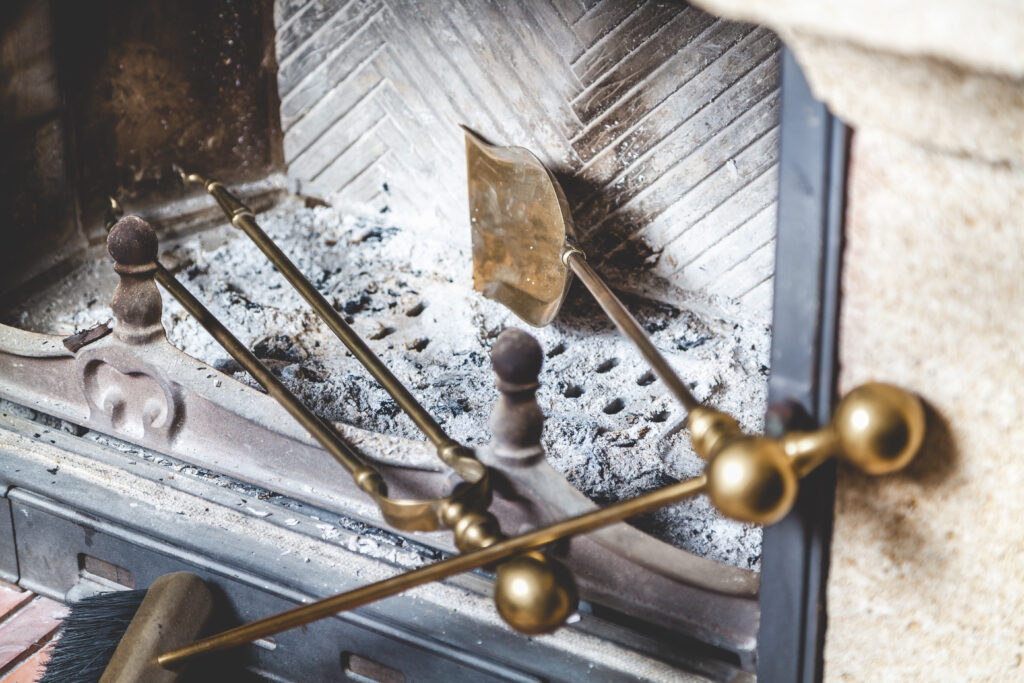No other piece of equipment or utensil is more essential to the hunting experience than a well-designed knife. A quality knife can do everything from field dressing and skinning an animal to cutting cord or even helping spark a fire in survival situations.

A good hunting knife is also lightweight and durable. It should fit comfortably in your hand to prevent blisters during long excursions. Read on Bugle For Elk for more information.
Many hunters prefer fixed blade knives for their strength and dependability. These knives don’t fold, and they typically have a sheath that holds the blade when not in use to prevent injuries or loss. These knives are ideal for tasks such as skinning game, field dressing, and breaking down carcasses. They’re also great for general camp and cutting tasks, and they are often more durable than replaceable-blade hunting knives.
Fixed-blade knives can come in a variety of blade types, depending on your needs. A drop point blade has a convex curve on the spine that drops to the tip, while a clip point blade has a concave curve that enhances piercing capabilities. Many hunters choose a combination of these blade types to suit specific needs.
These knives are often the simplest to maintain, as they don’t require mechanisms like springs to function. They’re also easier to clean than folding knives, and they’re safer to carry when scouting for game or hiking. Lastly, they’re often less expensive than replaceable-blade hunting knives, making them a great value for any hunter.
The only drawback of these knives is that they will usually need to be re-sharpened more frequently than scalpel blades, but this isn’t necessarily a bad thing. Using the knife properly and stowing it correctly will help to keep the edge sharp longer, and you can always take your knife to a professional for re-sharpening.
When you’re out in the backcountry, it’s important to have a knife that can do everything from skinning a deer to starting a fire. A backcountry-ready fixed-blade knife is a must, and our selection includes options that will handle any challenge you throw at them.
Folding
A folding hunting knife allows you to carry a blade without the added weight of a sheath. Some folding knives also have additional features like locks and one-handed opening mechanisms that provide convenience and safety. However, folding knives may not be as user-friendly as fixed blades during hunting, and they can have moving parts that can fail under heavy use or harsh conditions.
A good knife is useless if you can’t hold it comfortably, so it’s important to consider the handle when shopping for a hunting knife. Handles made from wood, leather and bone tend to have a natural feel that many hunters prefer, but these materials are not as durable or as resistant to blood and other liquids as synthetic handles. They may also require more maintenance, such as soaking in soapy water to remove fats and blood.
For these reasons, some hunters prefer to use a replaceable-blade hunting knife. These knives have a clip point blade that can be swapped out for a gut hook or saw. They are often used as utility knives for camp chores and specialised hunting tasks, such as skinning and field dressing.
The Case Kickstart Mid-Folding Hunter is a great example of a good replacement-blade hunting knife. Its 420HC steel is corrosion-resistant, and its blade edge is both tough and durable. The knife’s finger stop and contoured handle also ensure that it can be held firmly during extended use. Its gripping surface has also been made from a durable polymer to reduce the risk of slippage. Despite these advantages, the knife is relatively light and compact so it won’t draw attention when carried in public. It’s the perfect companion for a small game hunter or for everyday carry.
Scalpel
When it comes to scaling hunting knives, the choice depends on what type of game the hunter intends to take. A quality hunting knife should be sturdy enough to do all the necessary tasks in the field without damaging the meat or hide of the animal. It should also have a sharp blade that can be easily maintained and kept clean to prevent rusting.
A good hunting knife should have a handle made of a material that is comfortable to hold and can be gripped firmly. Handles are available in a wide variety of materials, from wood to metal to synthetics. A non-slip grip is a must because it will improve safety and reduce hand fatigue during extended use. The handle material should also withstand harsh weather conditions, such as cold and wet climates.
Some hunters prefer to use a single knife for all field-dressing and skinning needs, while others like to have separate blades devoted to specific tasks. For example, a deer hunter may choose to have a large fixed-blade hunting knife with a guthook and a smaller folding knife for cleaning up the skin and flesh.
The steel that a hunting knife is made of can also have an impact on its performance and durability. Some types of steel are harder than others and more difficult to sharpen. For this reason, many hunters opt for softer and easier-to-sharpen steels such as 420HC or 440C.
The knife maker’s skills and craftsmanship can also affect the final product. Some knives are made with high-end, handmade Damascus steel that has a beautiful pattern in the blade and is heirloom quality. These knives are typically more expensive than other types of knives, however.
Boning
Bone hunting knives are designed for processing game into parts usable for food, clothing and shelter. This includes gutting, skinning, fleshing and de-boning. These knives are neither cumbersome nor fragile and must remain sharp despite long periods of use. They should also be robust enough to fracture bones and sever joints. They are not as versatile as a pocket knife, but they are an excellent choice for hunting.
When choosing a bone hunting knife, consider the blade shape. The blade should be a bit longer than the handle and have a curved point, which makes it easy to cut meat from bones. The curved point should curve up slightly and meet the back edge, which begins a mild downward slope near the midpoint of the blade’s width. This blade design is known as a drop point and it is ideal for most applications.
Another option is a gutting blade, which has a narrow blade with a gentle upward curve that is rounded at the tip. This allows the hunter to remove hide and paunch walls easily without piercing vital organs. This type of knife is perfect for preparing venison into family-size portions.
Some bone hunters prefer to carry a smaller knife, which can be used for delicate tasks such as skinning and caping. This type of hunting knife usually has one curved sharp edge and a caping blade on the other side. These knives are available with a variety of handles, including wood, Micarta and bone.
A bone handle hunting knife is a great addition to any knife collection. These knives are available in a variety of colors and patterns, and feature an attractive, natural bone handle. Some even have a leather sheath. They are not cheap, though, and they can be prone to cracking or absorbing water.
Specialty
For many hunters, a good knife is as much a part of their equipment as the gun they use. It is used for everything from gutting and skinning to cutting rope or twine, whittling tinder for fire-building and general work around the camp or in difficult terrain. Many hunters use a combination of both fixed blade and folder hunting knives, depending on the needs of their specific hunt.
For example, if you plan to spend a lot of time hiking and camping with your game, you may want to consider an ultra-light and compact folder that can be easily hidden in your backpack or pants pocket. However, if you’ll be primarily using your knife for skinning and field dressing, a larger, more robust fixed blade may be better equipped to handle those tasks.
There are also a number of specialized blade designs available to hunters for different kinds of animal hunting. For instance, a drop point blade has a more curved and stronger design that is efficient for skinning and can be used to make abdominal incisions without puncturing the abdomen and tainting the meat. Some blades feature a gut hook on the spine that makes it easier to remove the hide and internal organs from the carcass.
In addition to the type of blade, the material from which the knife is made is important for durability and longevity. There are two basic categories of materials for blades: carbon and stainless steels. Carbon steels have a high toughness and hardness, while stainless blades are rust-resistant and offer excellent edge retention. The best hunting knives will have a durable, hard-wearing blade that can withstand the rigors of use and frequent sharpening.


